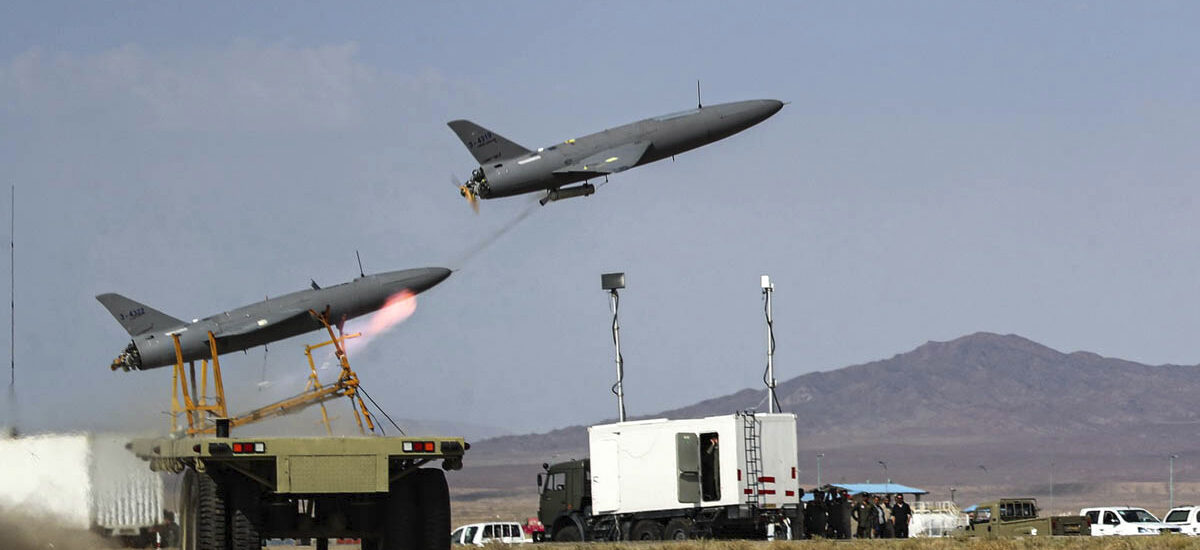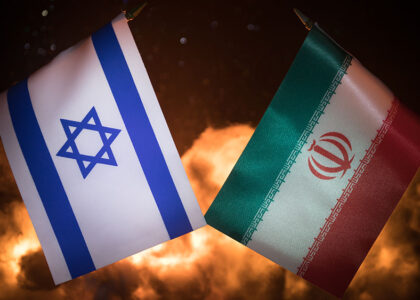The Israel–Iran conflict has escalated sharply since mid‑June 2025, with both nations launching waves of drones and ballistic missiles in what appears to be a strategic tit‑for‑tat military confrontation. The confrontation carries significant implications for regional stability, global energy markets, and international diplomacy.
🔹 Genesis of the Escalation
June 13: Israel launched “Operation Rising Lion” a pre-emptive strike with over 200 jets and drones targeting Iranian nuclear and military sites (Natanz, Tabriz, Tehran), supported by covert Mossad drone strikes from an inside-Iran base, crippling air defenses.
June 13–16: Iran retaliated with “Operation True Promise III,” firing over 370 missiles and hundreds of drones targeting central Israel (Tel Aviv, Haifa, Bat Yam, Petah Tikva), resulting in mounting civilian casualties and infrastructure damage.
🔹 Human and Strategic Toll
Civilian casualties continue to mount:
- Iran reports over 224 dead (90% civilians) and 1,277 injured from Israeli strikes.
- In Israel, at least 24 dead and 500+ injured from Iranian missiles and drones.
- Critical infrastructure oil depots, universities, embassy grounds, and air defenses have been hit on both sides.
🔹 Covert and Conventional Warfare Fusion
A key factor has been Israel’s use of special operations:
- Mossad’s covert drone base inside Iran disabled air-defense and missile launchers ahead of air strikes.
- This hybrid tactic enabled Israel’s air force to hit over 100 targets with high precision.
🔹 Regional and International Fallout
Global leaders from the UN, EU, Arab League, China, Russia, and Turkey are urging restraint to prevent a broader Middle East war.
The United States has deployed defense assets and expressed support for Israel; however, the move to assassinate Iran’s Supreme Leader was reportedly vetoed by former President Trump, signaling limits on escalation.
Global oil markets have fluctuated amid fears of regional instability and shipping risks through the Gulf.
🔹 Where It Goes From Here
Both nations are showing no signs of backing down Israel claims air superiority, while Iran vows further retaliation. Diplomatic efforts are ongoing but tentative.
Watchpoints include possible involvement from Lebanon’s Hezbollah, maritime threats in the Gulf, and third-party strikes from militia groups in Iraq or Yemen.
✅ Conclusion
The Israel-Iran exchange marks a dangerous shift: a conventionally led air campaign supported by covert drone sabotage, wreaking increasing civilian havoc. As global calls for de-escalation rise, the risk of wider regional conflict grows. The next few days and the willingness of global powers to mediate will determine whether diplomacy prevails or conflict spirals further.






